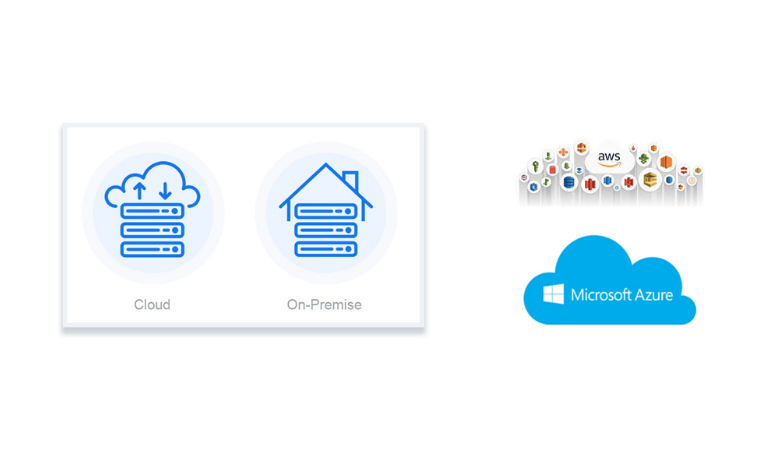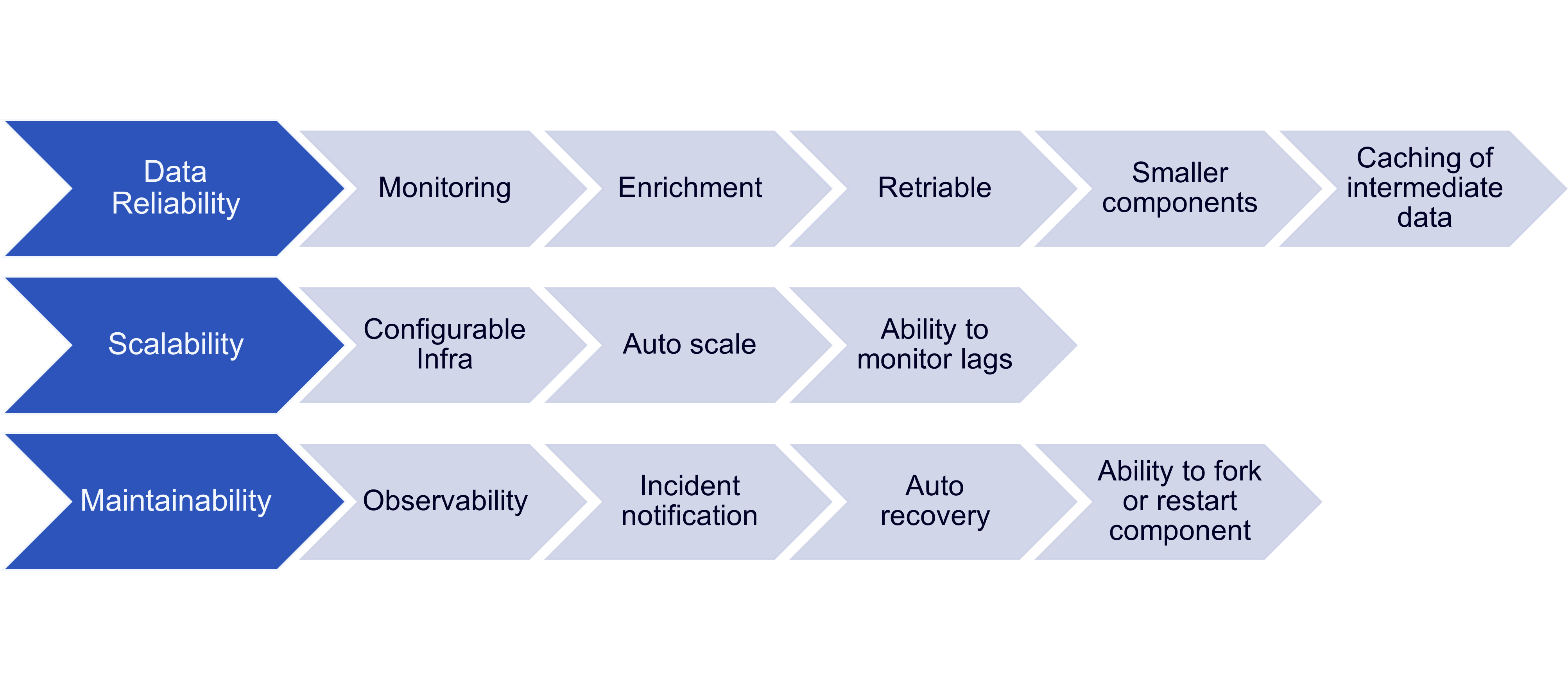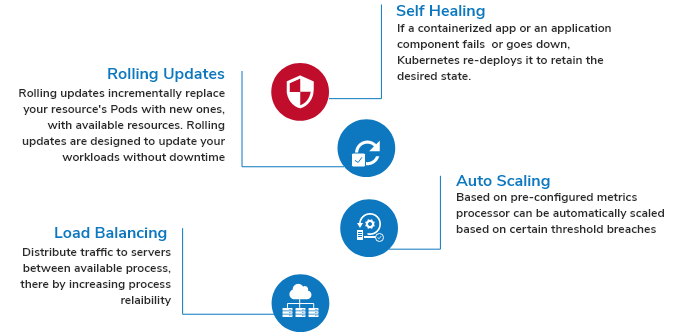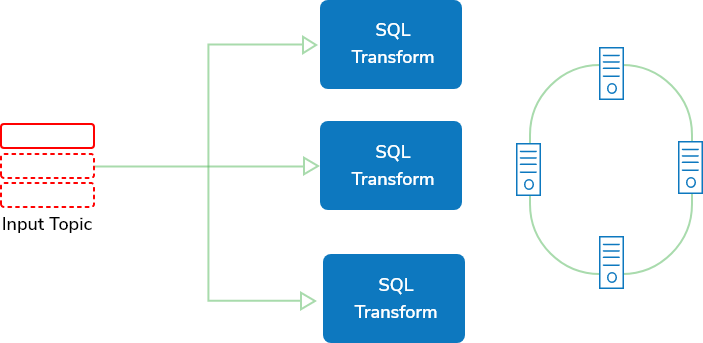Pre-Build Components
-
Azure
-
Azure Cosmosdb Reader
-
Azure Docker
-
Azure Reader Metadata
-
Cassandra
-
Clickhouse Producer
-
ES
-
GCS Monitor
-
HDFS
-
JDBC
-
MongoDB Reader Python
-
MongoDB Reader
-
Notification Subscriber
-
S3 Reader
-
Sandbox Reader
-
SFTP
-
SFTP Excel Reader
-
Azure Cosmosdb Writer
-
Azure Writer
-
Cassandra Writer
-
Clickhouse Writer
-
ES Writer
-
HDFS Writer
-
JDBC Writer
-
MongoDB Writer Python
-
MongoDB Writer
-
S3 Writer
-
Sandbox Writer
-
Video Writer
-
API Server Ingestion
-
AWS SNS
-
Event Hub
-
GCS Monitor
-
Kafka Consumer
-
MongoDB Change Stream
-
Mqtt Consumer
-
OPC UA
-
Rabbitmq Consumer
-
SFTP Monitoring
-
Sqoop
-
Twitter Scrapper
-
Video Stream Consumer
-
Data Generator
-
Event Grid
-
Event Hub
-
Kafka Producer
-
Notification Publisher
-
Rabbitmq Producer
-
Websocket Producer
-
ETL
-
Data Preparation
-
DLP
-
Email Component
-
Enrichment Component
-
File Splitter
-
Flatter Json
-
MongoDB Aggregation
-
Pandas
-
Query
-
Rest Api
-
Rule Splitter
-
Schema Validator
-
Stored Procedure Runner
-
Custom Pytyhon Scripting
-
Custom Script
-
Schedulers
-
Auto ML
-
Notebook
-
Azure
-
Azure Cosmosdb Reader
-
Azure Docker
-
Azure Reader Metadata
-
Cassandra
-
Clickhouse Producer
-
ES
-
GCS Monitor
-
HDFS
-
JDBC
-
MongoDB Reader Python
-
MongoDB Reader
-
Notification Subscriber
-
S3 Reader
-
Sandbox Reader
-
SFTP
-
SFTP Excel Reader
-
Azure Cosmosdb Writer
-
Azure Writer
-
Cassandra Writer
-
Clickhouse Writer
-
ES Writer
-
HDFS Writer
-
JDBC Writer
-
MongoDB Writer Python
-
MongoDB Writer
-
S3 Writer
-
Sandbox Writer
-
Video Writer
-
Data Generator
-
Event Grid
-
Event Hub
-
Kafka Producer
-
Notification Publisher
-
Rabbitmq Producer
-
Websocket Producer
-
ETL
-
Data Preparation
-
DLP
-
Email Component
-
Enrichment Component
-
File Splitter
-
Flatter Json
-
MongoDB Aggregation
-
Pandas
-
Query
-
Rest Api
-
Rule Splitter
-
Schema Validator
-
Stored Procedure Runner
-
API Server Ingestion
-
AWS SNS
-
Event Hub
-
GCS Monitor
-
Kafka Consumer
-
MongoDB Change Stream
-
Mqtt Consumer
-
OPC UA
-
Rabbitmq Consumer
-
SFTP Monitoring
-
Sqoop
-
Twitter Scrapper
-
Video Stream Consumer
-
Custom Pytyhon Scripting
-
Custom Script
-
Schedulers
-
Auto ML
-
Notebook








